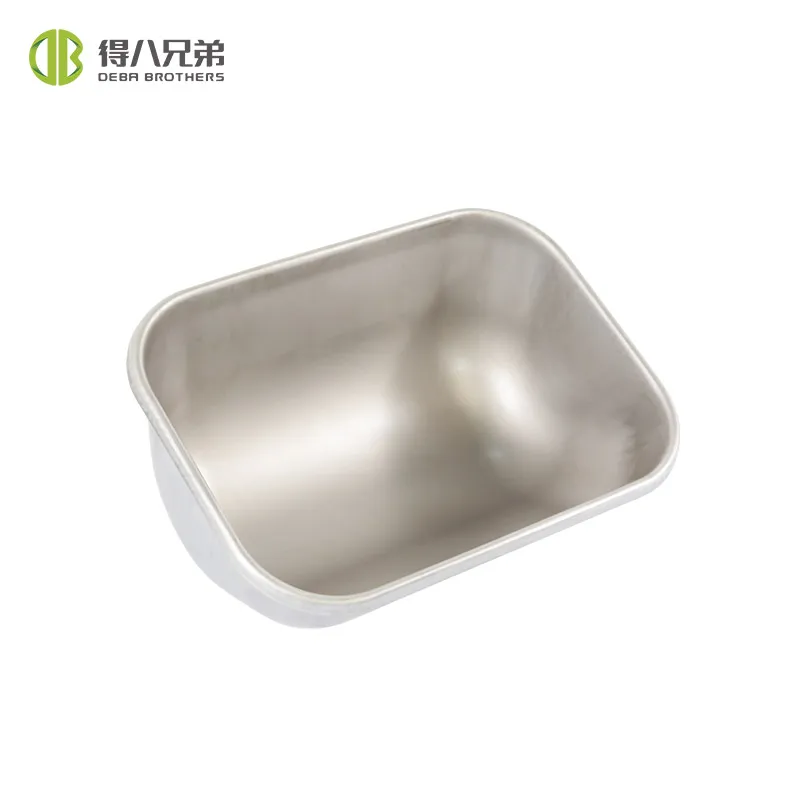Choosing the Right Pig Feeder: A Guide for Farmers
2024-08-02
Introduction
Selecting the right pig feeder is crucial for optimizing the health, growth, and productivity of your pigs. With various types of feeders available, it can be challenging to determine which one best suits your farming needs. In this guide, we'll explore the factors to consider when choosing a pig feeder and provide insights into selecting the best option for your operation.
Assessing Your Farm's Needs
1. Farm Size and Scale:
- Consider the size of your farm and the number of pigs you need to feed. Larger farms with more pigs may benefit from automated feeders, while smaller operations might find manual or semi-automated feeders sufficient.
2. Pig Age and Growth Stage:
- The nutritional needs of pigs vary at different growth stages. Weaners, growers, and finishers have different dietary requirements, so choose feeders that can accommodate these changes.
3. Feed Type:
- Determine the type of feed you will be using (pellets, grains, mash) and ensure the feeder is compatible. Some feeders are specifically designed for dry feed, while others can handle wet/dry mixtures.
Types of Pig Feeders
1. Dry Feeders:
- Description:
- Dry feeders are ideal for dispensing pellets and grains. They come in various designs, including single-space and multiple-space models.
- Pros:
- Easy to clean, reduces feed waste, and ensures consistent feeding.
- Cons:
- May require regular refilling, depending on the size and capacity.
2. Wet/Dry Feeders:
- Description:
- These feeders provide both feed and water, encouraging pigs to eat and drink simultaneously.
- Pros:
- Promotes better digestion, reduces feed wastage, and ensures adequate hydration.
- Cons:
- May be more challenging to clean and maintain.
3. Automatic Feeders:
- Description:
- Automatic feeders use sensors and timers to dispense feed at set intervals, providing a steady supply of food.
- Pros:
- Reduces labor, ensures consistent feeding, and can be programmed for different diets.
- Cons:
- Higher initial cost and potential maintenance requirements.
4. Trough Feeders:
- Description:
- Simple, open containers where feed is placed, often used in small-scale or traditional farming.
- Pros:
- Cost-effective, easy to fill, and versatile.
- Cons:
- Can lead to feed waste and requires more manual labor.

Key Features to Consider
1. Durability and Material:
- Choose feeders made from durable materials such as stainless steel or heavy-duty plastic. These materials are resistant to rust, corrosion, and damage, ensuring long-lasting performance.
2. Ease of Cleaning:
- Opt for feeders that are easy to clean and maintain. Hygiene is crucial to prevent the spread of diseases and ensure the health of your pigs.
3. Feed Flow Control:
- Look for feeders with adjustable feed flow control to manage the amount of feed dispensed. This helps reduce waste and ensures that pigs receive the right amount of nutrition.
4. Capacity:
- Consider the capacity of the feeder in relation to the number of pigs and the frequency of feeding. Larger capacity feeders reduce the need for frequent refilling, saving time and labor.
5. Design and Accessibility:
- Ensure the feeder design allows easy access for pigs of different sizes. Multiple feeding spaces can reduce competition and ensure all pigs have access to food.
Budget and Cost Considerations
1. Initial Investment:
- While automated and advanced feeders may have a higher initial cost, they can offer long-term savings through reduced labor and feed wastage.
2. Maintenance Costs:
- Consider the maintenance requirements and costs associated with different types of feeders. Durable, low-maintenance feeders may be more cost-effective in the long run.
3. Return on Investment:
- Evaluate the potential return on investment (ROI) by considering the benefits of improved pig health, growth rates, and reduced feed waste.
Conclusion
Choosing the right pig feeder involves assessing your farm's specific needs, understanding the types of feeders available, and considering key features and budget constraints. By selecting a feeder that aligns with your operational requirements, you can enhance the efficiency, productivity, and profitability of your swine farming operation. Investing in a suitable pig feeder is a crucial step towards achieving optimal results and maintaining a healthy, thriving pig herd.
---
These blogs provide comprehensive insights into the importance of pig feeders and offer practical guidance for farmers in choosing the right feeders for their swine farming operations.


